11 Common Mistakes to Avoid When Buying Vintage Clothes
Shopping for vintage clothes can be exciting, but it is easy to run into problems if you are not careful. From sizing differences to hidden fabric damage, small details can make a big difference in your purchase. Taking the time to look closely at condition, fit, and authenticity helps you get pieces you will truly enjoy wearing. With the right approach, vintage shopping becomes less stressful and more rewarding.
This post may contain affiliate links, which helps keep this content free. Please read our disclosure for more info.
Ignoring the Condition of the Garment
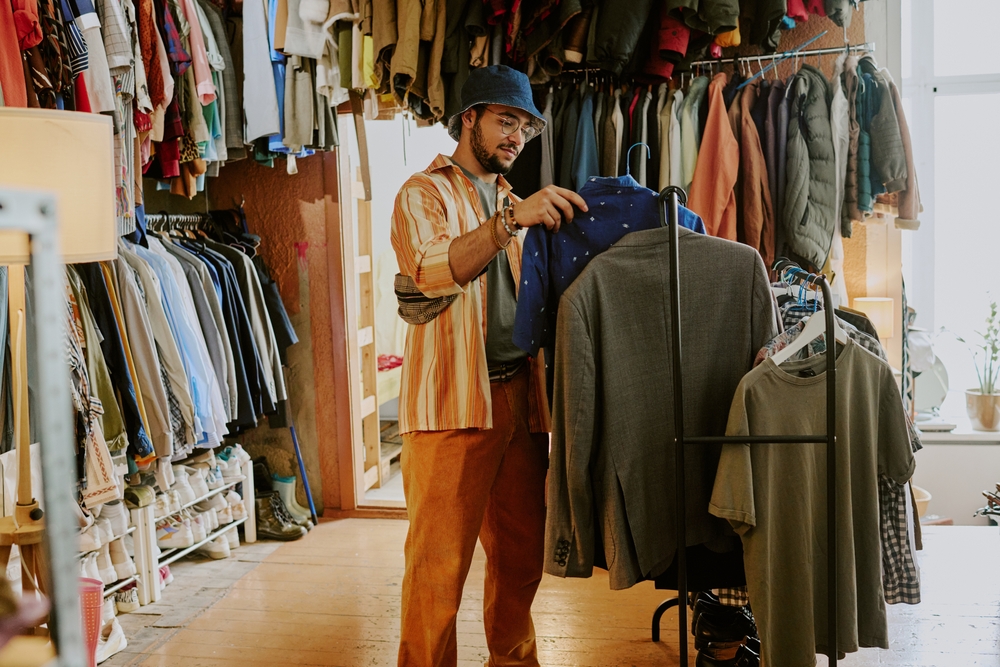
One of the biggest mistakes buyers make is focusing only on style without looking closely at the condition of the clothing. Vintage pieces may have hidden rips, missing buttons, or weakened seams that can shorten their wearability. Taking the time to inspect every part of the garment helps prevent disappointment after purchase.
Condition directly affects both the value and longevity of vintage clothing. Even if the piece looks attractive at first glance, subtle issues like worn fabric or small holes can worsen over time. Buyers should always factor in the possibility of repair costs before making a final decision.
Forgetting About Vintage Sizing Differences
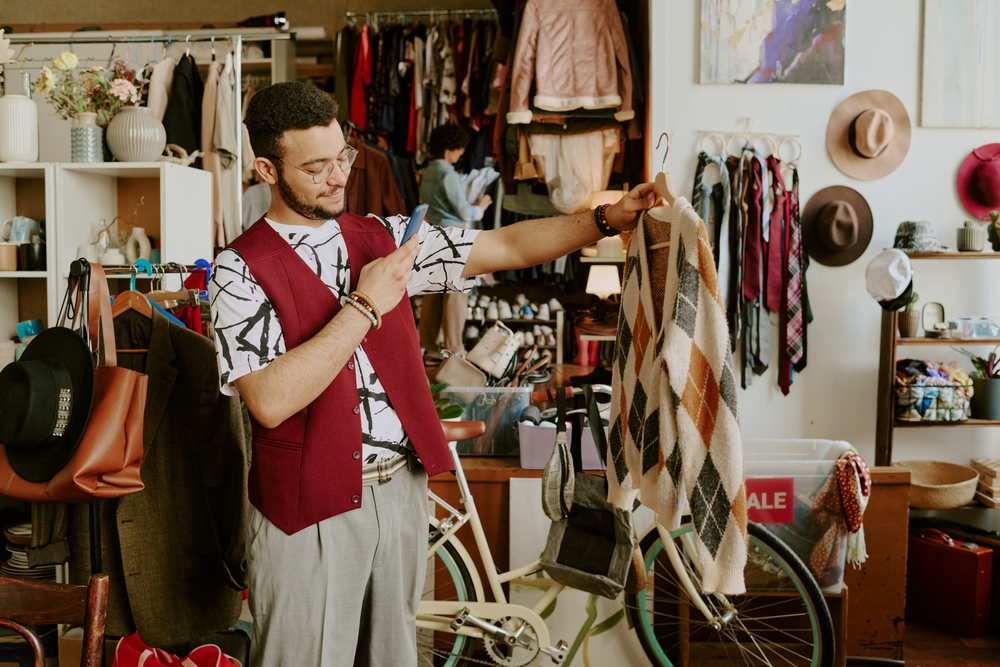
Vintage clothing sizes are not the same as modern sizes, which often leads to confusion. A piece labeled as a medium in the 1970s, for example, may fit closer to a small today. Assuming the size on the label will match current standards is a common mistake.
Measuring both the garment and your own body is the safest way to get the right fit. Comparing exact measurements rather than relying on numbers ensures comfort and prevents wasted purchases. Taking a tape measure along when shopping can make the process easier.
Overlooking Odors and Stains
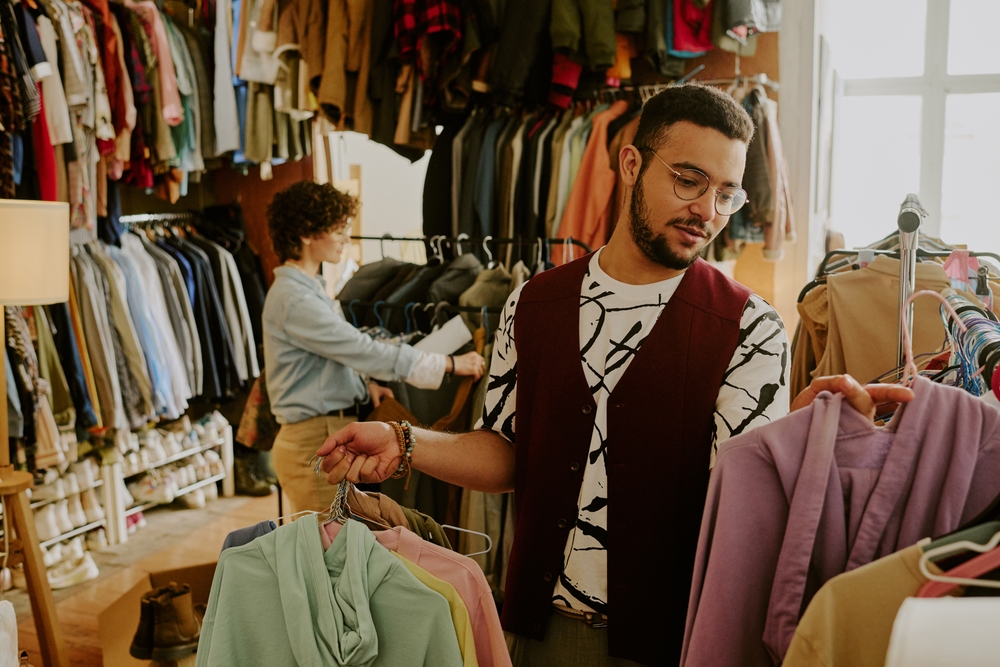
Some vintage clothes carry strong odors from storage or smoke that are very hard to remove. Buyers may fall in love with a piece, purchase it, and later realize the smell lingers even after cleaning. This can make the clothing unpleasant to wear.
Stains are another issue that many overlook. Some marks can be lightened, but older stains may have permanently set into the fabric. Examining clothes under good lighting before buying can help avoid these unpleasant surprises.
Not Checking the Fabric Type

Vintage fabrics can be delicate and require special care. Wool, silk, and rayon may weaken over time and may not withstand regular washing. Ignoring the fabric type can lead to damage when trying to clean or maintain the garment.
Buyers should research how to properly care for different materials before purchasing. Knowing whether an item will need dry cleaning or gentle hand washing can prevent costly accidents. Being aware of fabric durability is key to making a good investment.
Failing to Look at the Lining
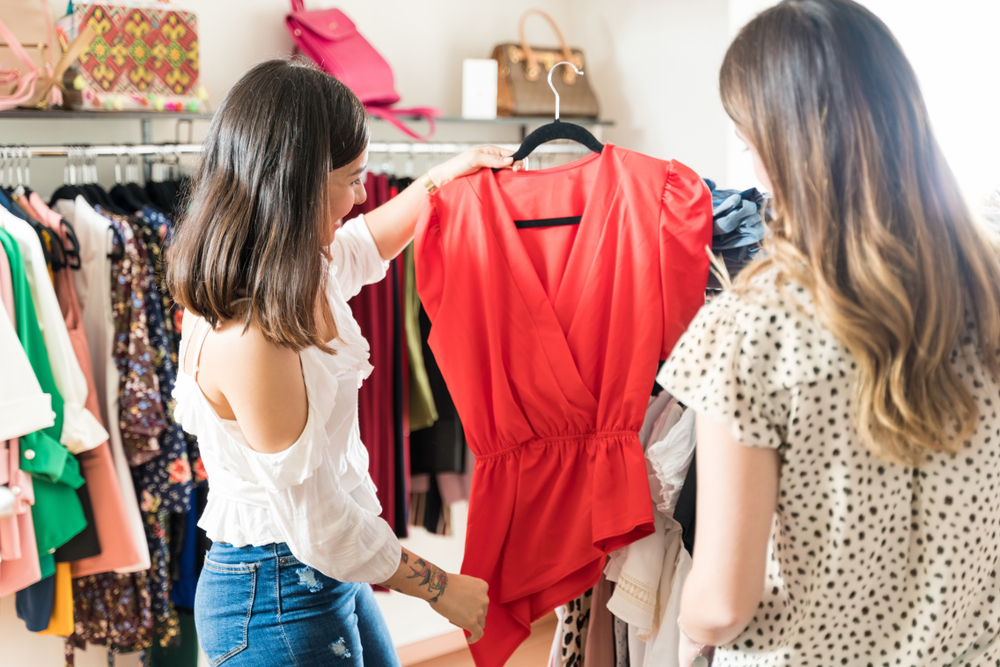
The lining of a garment is just as important as the outside fabric. Torn or discolored linings can affect how the clothing fits and feels. Unfortunately, many buyers forget to check inside seams and hidden areas.
Replacing or repairing a lining can be expensive and may not always look authentic. Taking a moment to inspect the interior ensures you are aware of the garment’s full condition. This small step can help you avoid spending more money later.
Not Considering Alterations
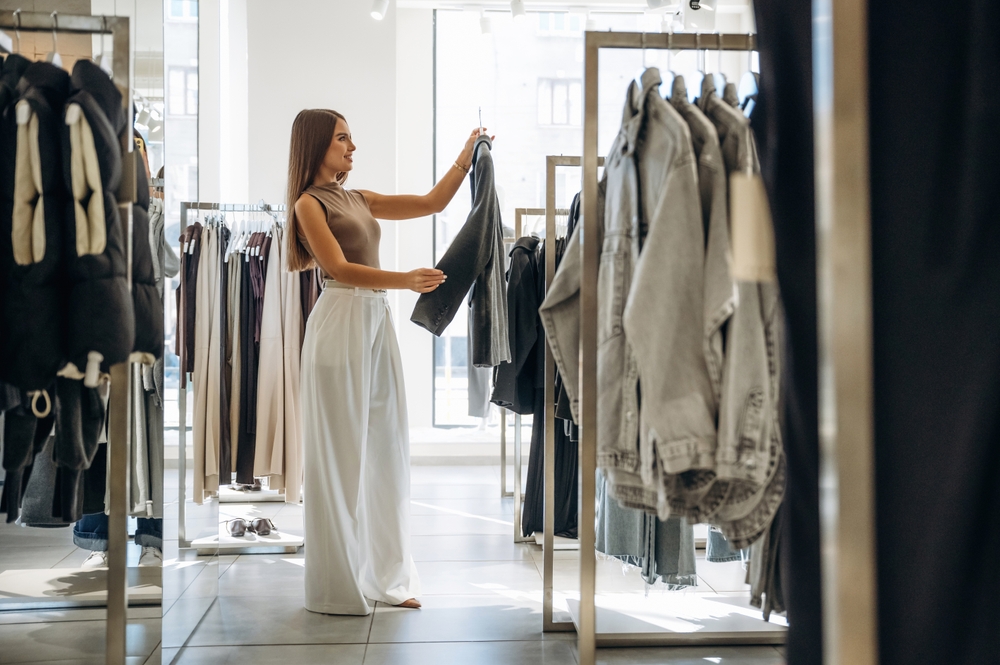
Sometimes a vintage piece may be the wrong length or slightly too wide. While tailoring can fix many issues, some buyers underestimate the cost and effort. Certain garments are difficult to alter without losing their original look.
Before purchasing, it helps to ask whether simple adjustments like hemming or resizing are possible. If alterations will change the character of the piece, it may not be worth buying. Keeping this in mind prevents regret and wasted expense.
Overpaying Without Research

Vintage fashion prices vary widely depending on rarity, designer, and condition. Without research, buyers may pay more than an item is worth. This is especially common when shopping online or in trendy shops.
Looking up similar garments in vintage catalogs or online marketplaces provides a clearer idea of fair value. Knowing the market price helps you make informed decisions and prevents overspending. A little preparation saves both money and frustration.
Ignoring Seller Reputation

When buying from online platforms or markets, trust in the seller is crucial. Some sellers may exaggerate the condition or originality of their pieces. Falling for unreliable descriptions is a common mistake.
Checking reviews or asking detailed questions about the garment can protect buyers from poor experiences. Reliable sellers will provide measurements, close-up photos, and honest details. Choosing reputable sources builds confidence in each purchase.
Forgetting About Comfort and Wearability

Vintage clothes may look appealing, but they are not always practical for regular wear. Some fabrics can feel scratchy, and older cuts may not suit everyday comfort. Buying purely for appearance can lead to clothing that stays in the closet.
Trying on the garment or considering how it will fit into your lifestyle is important. Comfort should be just as valuable as appearance when making a purchase. Otherwise, the excitement of buying vintage quickly fades.
Buying Just for the Label

Famous labels can attract buyers, but focusing only on the name can be a mistake. A well-known brand does not guarantee that the piece is in good condition or a good fit. Labels can sometimes distract from real issues in the garment.
It is better to evaluate the piece as a whole rather than purchasing for the brand alone. A lesser-known label with excellent fabric and condition may be a smarter buy. Shoppers who look past the name often find hidden treasures.
Skipping Proper Storage Plans

Vintage clothing often requires more careful storage than modern clothing. Buyers may purchase items without considering where or how they will store them. This can lead to damage from moisture, pests, or sunlight.
Having garment bags, padded hangers, or acid-free boxes ready can extend the life of vintage pieces. Planning ensures that your purchases remain in good shape for years to come. Good storage is just as important as the buying process.
This article originally appeared on Avocadu.
